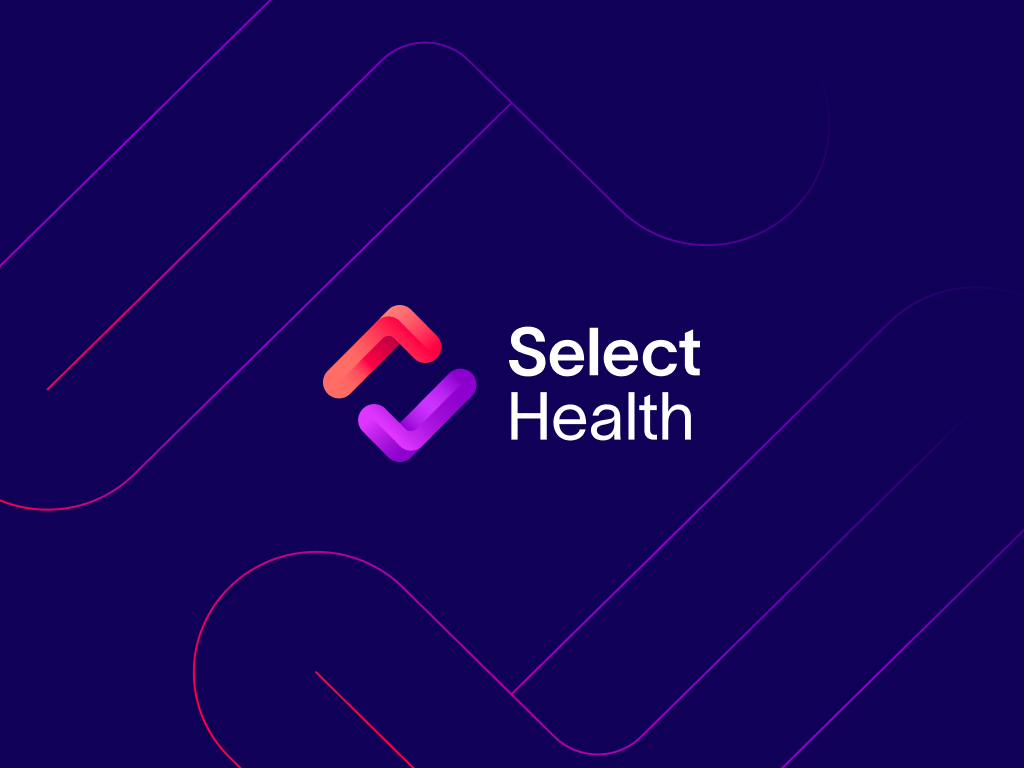Looking for a Medicare Advantage plan might feel a bit confusing. Plans come with different costs, networks, coverage levels, and benefits. But the more you know going in, the easier it is to make a confident choice.
Here are four key things to keep in mind as you compare your Medicare Advantage plan options and decide what works best for you.
1. KNOW YOUR MEDICATIONS BEFORE CHOOSING A PLAN
Many people take at least one medication regularly. When looking at plans, check the drug list (formulary) to confirm it covers your medications. You also want to make sure they are affordable under the plan’s copay or coinsurance structure.
Every Medicare Advantage plan has its own formulary and the drugs they cover. While one plan may offer you drug as generic, another might not.
As you compare plans, look for:
- Brand name and generic drug coverage
- Pharmacy network options (some drugs can only be filled at specific pharmacies)
- Quantity limits for each prescription
- What tier your medication is in and the cost at that tier
- Whether they require prior authorization or step therapy
2. COMPARE MEDICARE ADVANTAGE PLANS BEYOND THE BASICS
When you’re reviewing Medicare Advantage plan options, cost is only part of the story. Every plan has different offerings, so take time to look at the full picture.
Here are things to compare:
- Provider network: Are your current doctors and hospitals in the plan’s network? Out-of-network care can cost more—and some plans don’t cover it at all
- Monthly premium: What you’ll pay monthly to keep the plan active
- Deductible: The amount you pay before the plan starts covering your costs. Remember, some plans have separate deductibles for medical and prescription drug coverage
- Out-of-pocket maximum: The most you’ll pay in a year for covered services
- Copays and coinsurance: Your share of the cost when you get care
- Referral rules: Will you need a referral to see a specialist?
- Included extras: Some plans include dental, vision, hearing, wellness perks, over-the-counter or grocery allowances, or fitness memberships
3. CONSIDER THE COMPANY BEHIND THE MEDICARE ADVANTAGE PLAN
When choosing a Medicare Advantage plan, you’re not just selecting coverage—you’re also choosing the company that runs the plan. The kind of organization behind your plan can affect your experience, service, and support.
Here are a few things to think about:
Nonprofit vs. for-profit: Nonprofit plans typically reinvest earnings into member benefits. For-profits may prioritize returns for shareholders.
Local vs. national carriers: Local companies may offer more personalized service and better knowledge of area hospitals and providers. National plans may offer broader networks but less local familiarity.
Customer service matters: If something goes wrong, how easy will it be to talk to a real person and get help? Look for a plan with good support and simple ways to get answers—online, by phone, or in person. Our Customer Service representatives are based locally to serve you.
4. WEIGH MEDICARE ADVANTAGE PLAN BENEFITS THAT FIT YOUR LIFESTYLE
Not all Medicare Advantage plan benefits are the same. One plan might include dental, vision, and hearing, but another might not. Some offer fitness programs, transportation to medical appointments, or over-the-counter allowances.
Even with a plan that looks affordable, the total cost of care can add up quickly. That’s why it’s important to understand how Medicare Advantage plan costs work, not just what you pay each month.
As you look at the benefits and plans, ask yourself:
- Are there copays or coinsurance for office visits, lab work, or hospital stays?
- Are certain benefits included in the plan or do they cost extra?
- What are the medical and prescription deductibles?
- What are the costs for your medications? Every plan has its own formulary, and a list of what drugs are covered and what they will cost you as a member.
- What’s your monthly premium?
- Which extras would you actually use?
- Will these benefits save you money, or are they just nice add-ons?
- Will you have out-of-pocket expenses up to your plan’s yearly maximum?
MEDICARE ADVANTAGE STAR RATINGS ARE IMPORTANT
The Centers for Medicare & Medicaid Services (CMS) uses a five-star rating system to evaluate the quality of Medicare Advantage plans. These star ratings reflect real data, including:
- Customer service
- Member satisfaction
- Access to care
- Health outcomes
- Prescription drug safety and pricing
Plan ratings are from 1 to 5 stars, with 5 being the highest. These ratings are updated annually based on surveys from our members and performance data gathered.
Why does this matter to you? Because star ratings offer a quick way to compare plan quality.
You’ve done your homework so what’s next? Make sure you understand everything about your soon-to-be plan, network, and benefits.
Learn more about Medicare Advantage plans on the Medicare website.

